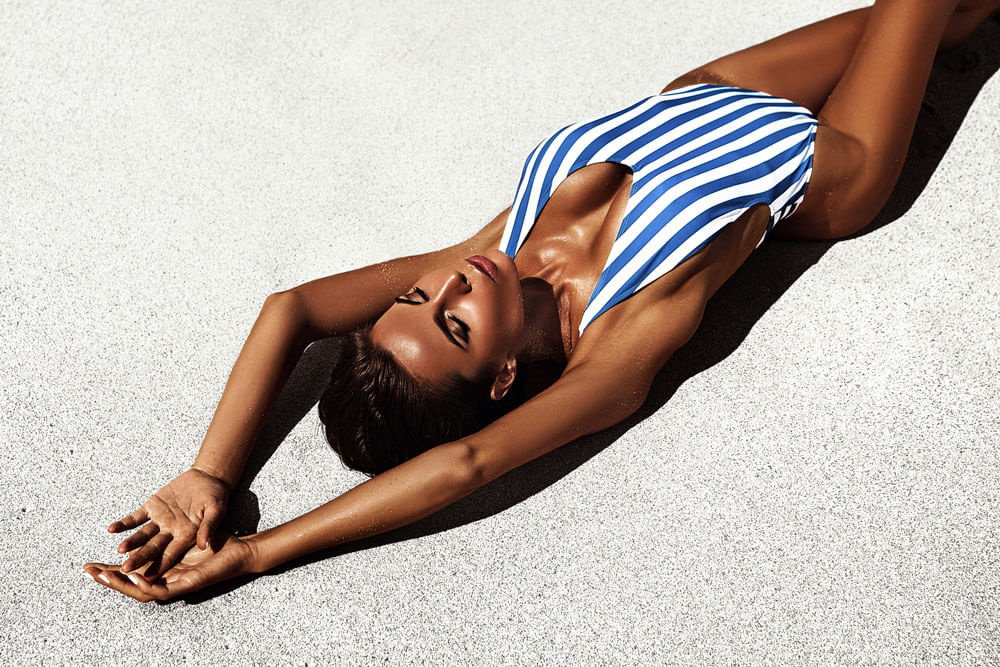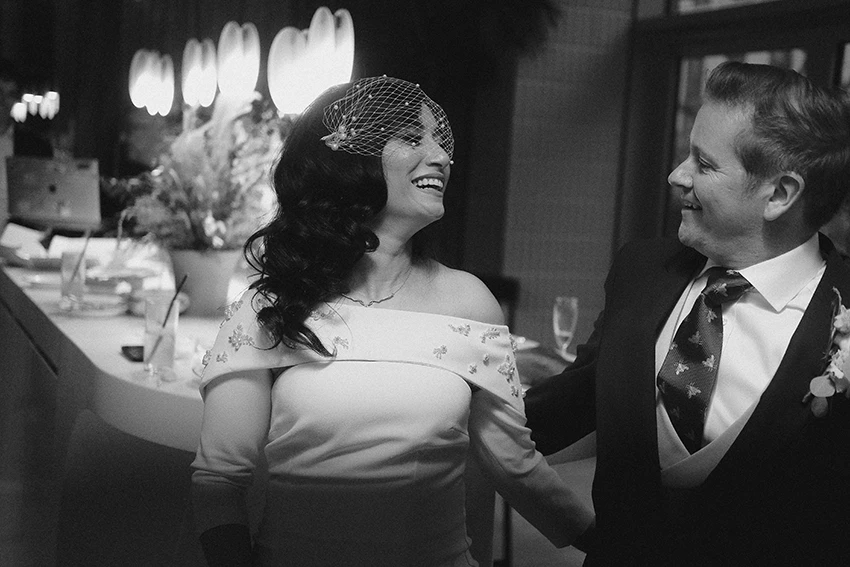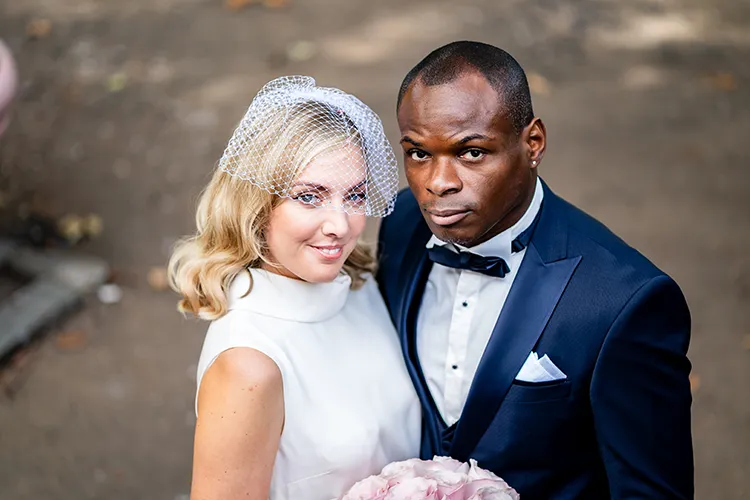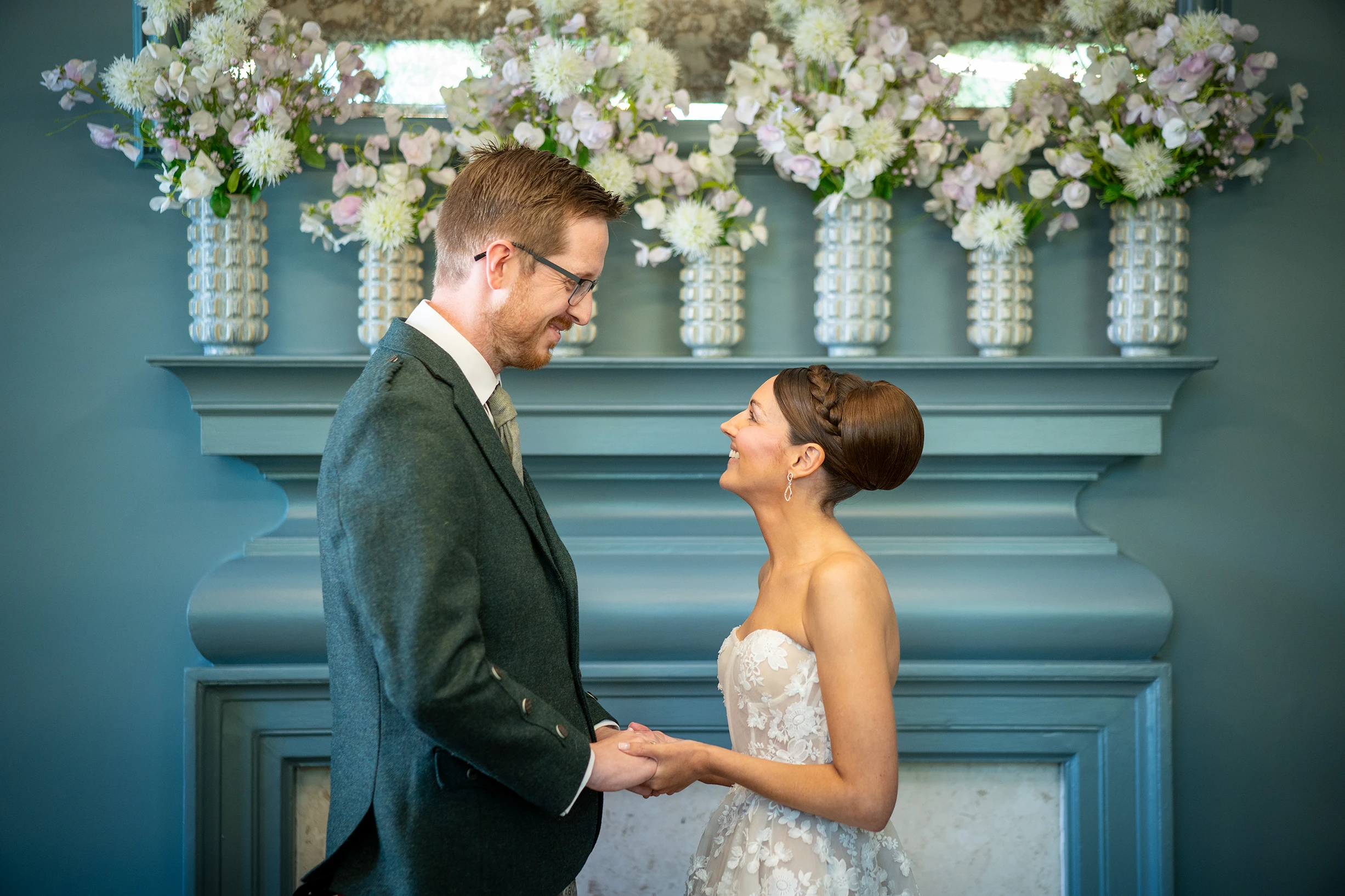Ever wondered why that lipstick colour looks great on your friend but not so much on you? Or why some days your complexion seems a bit duller and washed out? The answer: your skin tone.
Discovering your skin tone doesn’t have to be daunting, and that’s why we prepared this guide to help you figure out which colours work for you next time you decide which makeup to apply or hair colour to try.
What is skin tone?
Your skin tone is your skin colour. The one you see when you look in the mirror. It can be light, medium or dark. Your skin tone can change according to the season, and that’s because it’s determined by the amount of melanin we have in our epidermis (the outer layer of our skin).

But that’s just three narrow specifications – there’s a broad spectrum of nuances of skin tone. Yours can vary between light brown and dark brown, or from very fair to fair.
Perhaps the most helpful thing to know to get your colours matched perfectly is your undertone. And that’s what we are going to explain next.
What is undertone?
Now you know what your skin tone is, but there’s something else that makes a big difference when determining which shades of makeup, hair colour, and clothes look best on you. We’re talking about undertone.
Undertones come in three classifications: warm, cool, and neutral. Two people can have the same skin tone but totally different undertones. Warm undertones usually have a yellow and gold base. Hints of pink and blue are common on cool undertones. If there’s a mixture of both warm and cool hues, then lucky you! You’re probably neutral, which means that almost everything looks good on your skin complexion.
We all have a certain amount of RGB (red, green, and blue) colours on our skin. The unique fusion of these colours is how we can determine our skin tone.
Since finding the right RGB colour of our skin isn’t obvious, thankfully there’s now an extensive app selection to help us. Color Grab and Kuler are the most used. From a daylight picture, the app can calculate the correct RGB values for your skin.
This system is crucial to analyse your skin colours according to the colour wheel. The colours are grouped into two types: cool and warm, the colours closest to the blue side being cool and shades nearest to the red side warm.
That’s why, once you know on which side of the colour wheel you lie on, it’ll be easier to choose the most suitable colour for you. A valuable tip: colours close to your predominant RGB colour are those most fitted to your complexion. Choosing the complementary colour on the opposing side of the colour wheel can clash with your skin.
There are some sneaky clues hidden in our bodies that will help you figure out your undertone.
1. The burn test

Are you someone who tans easily, or do you get more of a “tomato” kind of tan? If it’s on the pink-ish side you’ve probably got a cool-toned skin. For those who tan easily or burn minimally, you’ll most likely have a warm undertone.
2. The vein test
One of the best ways to determine your undertone is to look at your veins under natural sunlight. If your veins appear green or greenish-blue, you’re warm. On the other hand, if they’re more blue/purple, you’ve probably got cool-toned skin.
3. The silver-gold test
According to Kourtney Willis, aesthetician of Downtown Dermatology in Columbus, Ohio, a jewellery test can also help you find your undertone. Do you look and feel better in silver or in gold accessories? If silver, cool undertone. If gold, warm-toned.
4. The eye colour test

If your eyes are green, blue or grey and your hair colour lays more on the blond or blue-black tones you’re cool-toned. But if you’ve brown, hazel or amber eyes with gold and chestnut highlights, then you have a warm undertone.
And speaking of hair, determining your skin tone and undertone can be a big help when choosing your new look. That doesn’t mean that you can’t pick the colour you want, but it will help you smartly embrace the perfect shade that can step up your natural hair colour a notch or two.

Professional hair colourists usually know what colour suits you best by just looking at your complexion. That’s why, when you want to dye your hair brown, for example, they know if it’s best to use more ash or platinum colours, which are cool-toned, or with golden or mahogany, which go beautifully with a warm undertone.
We at Izabella Bordignon London are ready to help you achieve the perfect look. Want to know more about our services? Click here and see what suits you best.



